Green certifications can seem like a maze of regulations and standards, but they’re essential for ensuring sustainability in various industries. Here are 25 insider tips to help you navigate the complex world of green certifications in the USA.
1. Understand LEED Certification

The Leadership in Energy and Environmental Design (LEED) certification is crucial for buildings. Familiarize yourself with its different levels: Certified, Silver, Gold, and Platinum, which reflect the degree of sustainability achieved.
2. Know the ENERGY STAR Program

ENERGY STAR certifies energy-efficient products and homes. Look for the ENERGY STAR label on appliances and electronics to ensure they meet rigorous energy efficiency standards.
3. Familiarize with the Green Seal

Green Seal certifies products and services that meet high environmental standards. This includes cleaning products, paper, and paints that are non-toxic and sustainably sourced.
4. Learn About USDA Organic Certification

USDA Organic certification ensures that food and agricultural products are produced without synthetic pesticides, GMOs, and artificial fertilizers. Look for the USDA Organic label when buying organic products.
5. Check the Forest Stewardship Council (FSC) Label

The FSC label certifies that wood and paper products come from responsibly managed forests. This certification helps combat deforestation and promotes sustainable forestry practices.
6. Explore the WaterSense Program
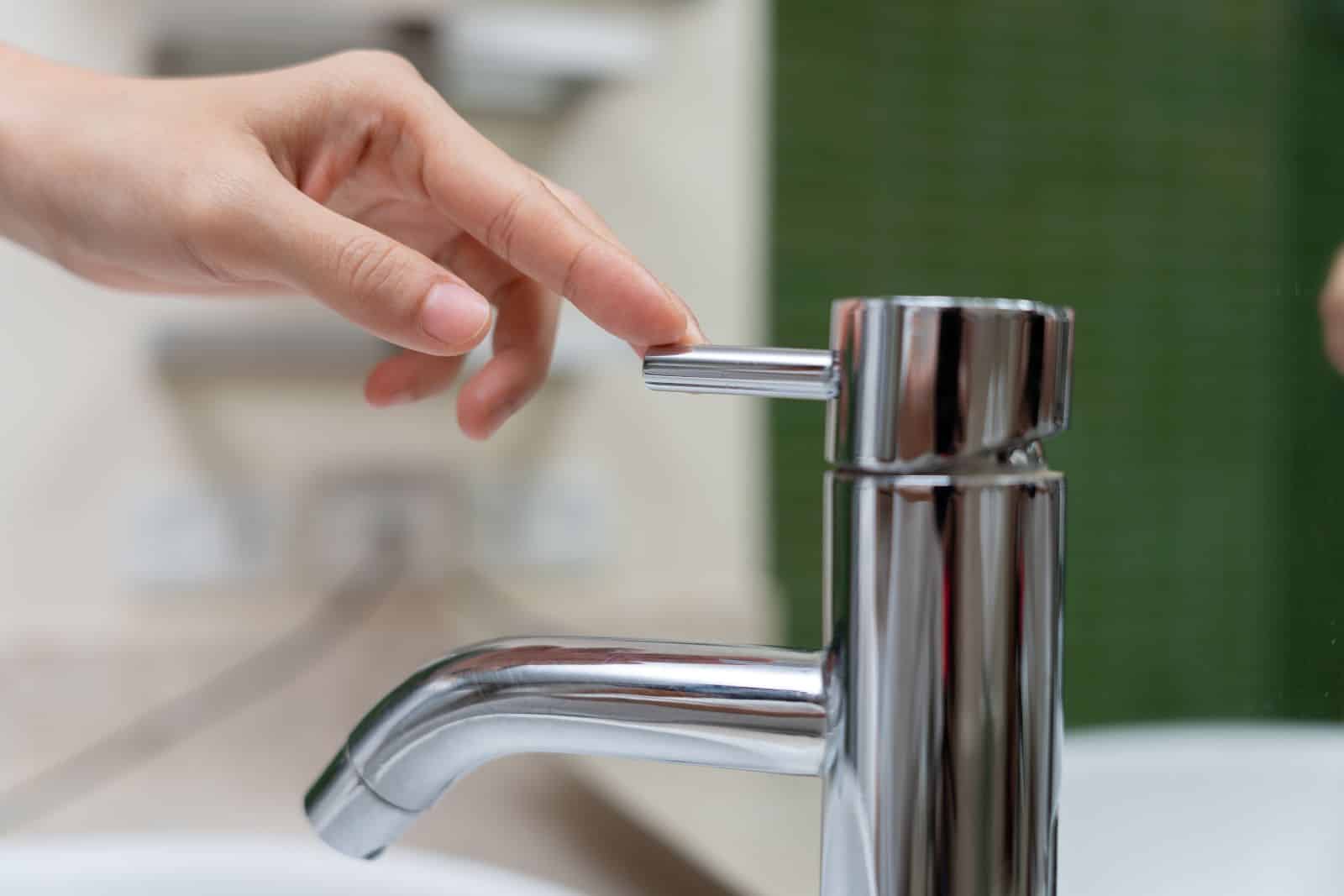
WaterSense certifies water-efficient products and services. Products with the WaterSense label, such as faucets and toilets, use at least 20% less water than standard models.
7. Investigate Cradle to Cradle Certification

Cradle to Cradle certification assesses the sustainability of products across five categories: material health, material reutilization, renewable energy, water stewardship, and social fairness. Look for this certification for high sustainability standards.
8. Understand the GREENGUARD Certification

GREENGUARD certifies products with low chemical emissions. This is particularly important for indoor air quality in buildings and homes.
9. Recognize the Fair Trade Certification

Fair Trade certification ensures that products are made in safe working conditions, with sustainable livelihoods for workers. This applies to products like coffee, tea, and textiles.
10. Look for EPEAT Certification
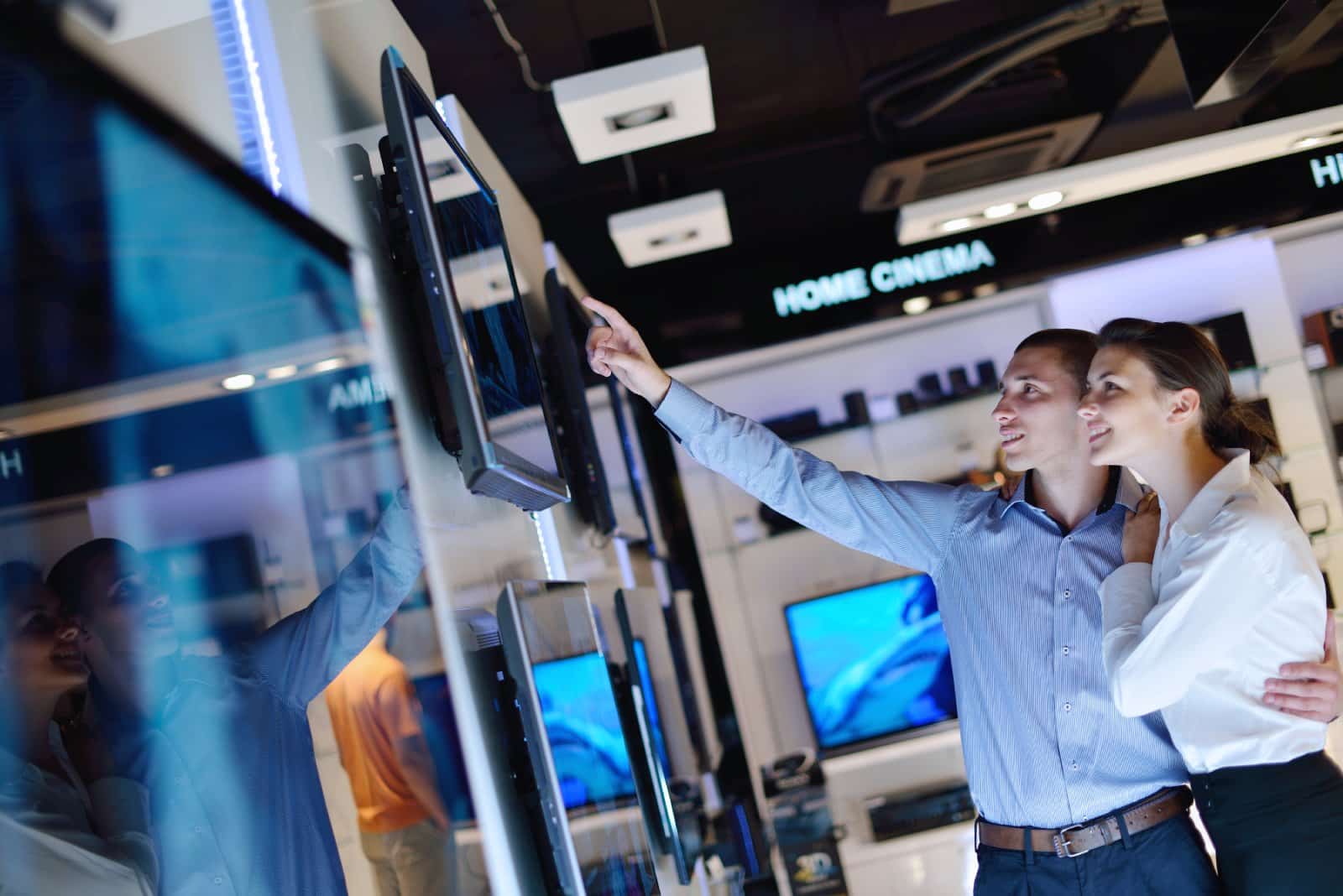
EPEAT certifies electronics that meet strict environmental criteria. This includes energy efficiency, reduction of toxic materials, and recyclability.
11. Be Aware of SCS Global Services
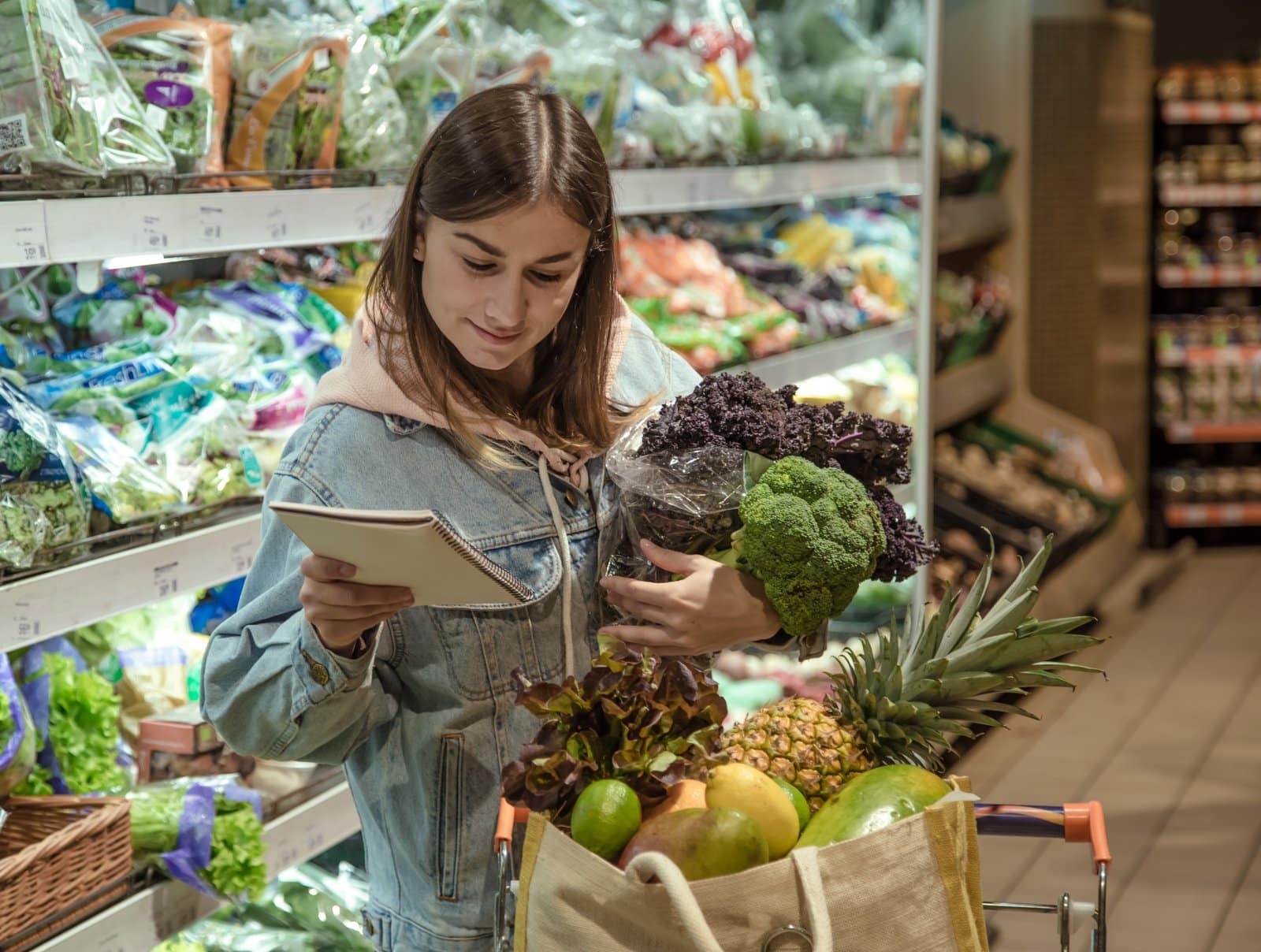
SCS Global Services provides a variety of certifications, including recycled content, biodegradability, and sustainable agriculture. Familiarize yourself with their labels for trusted sustainability claims.
12. Understand the Global Organic Textile Standard (GOTS)

GOTS certifies organic textiles, ensuring they are made from at least 70% organic fibers and processed under strict environmental and social criteria.
13. Explore Green Globes Certification

Green Globes is an alternative to LEED for building certification, focusing on energy efficiency, water conservation, and indoor environmental quality.
14. Know the UL ECOLOGO Certification
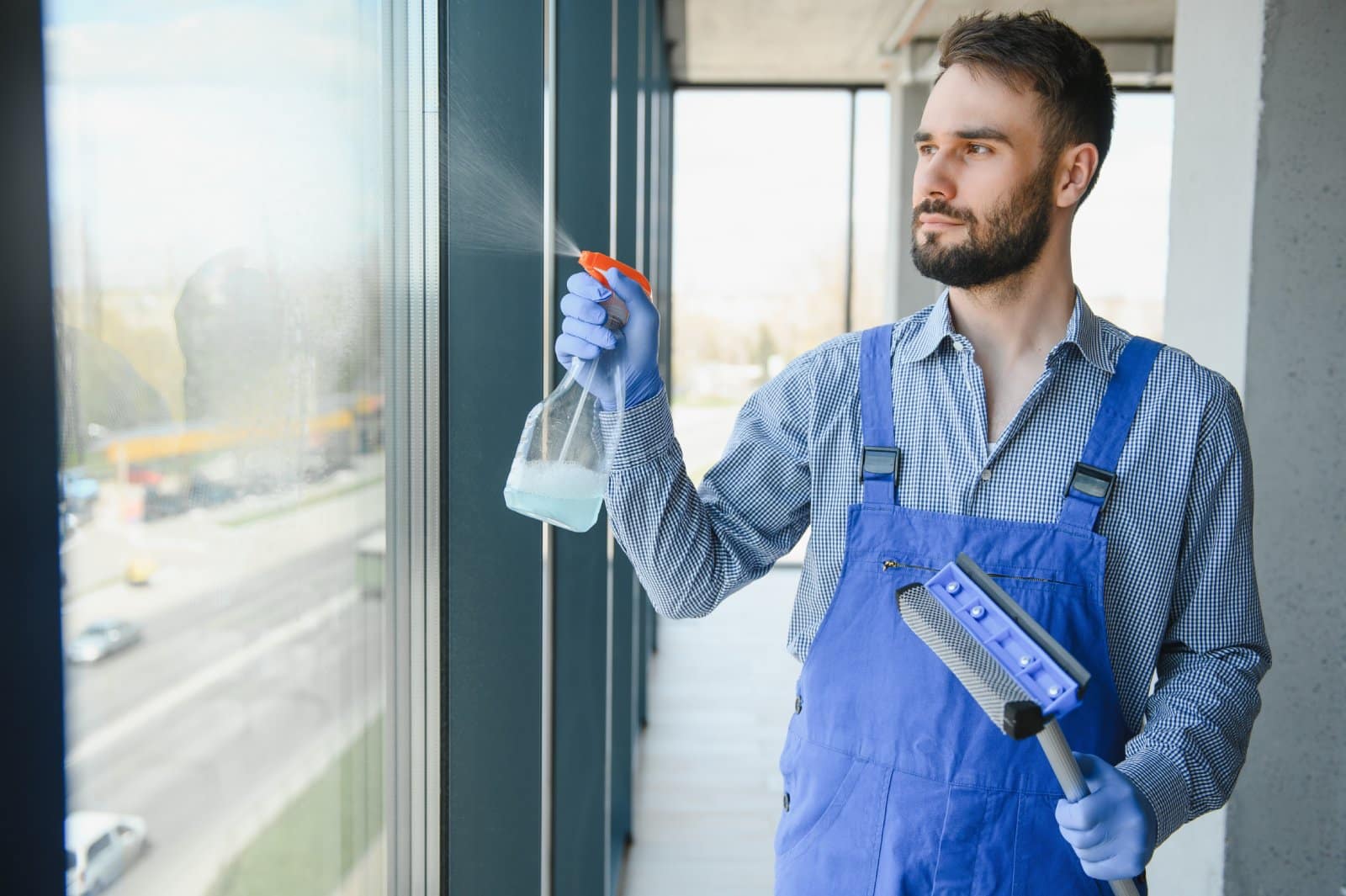
ECOLOGO certifies products that meet strict environmental performance criteria. This includes cleaning products, building materials, and personal care items.
15. Learn About the Living Building Challenge
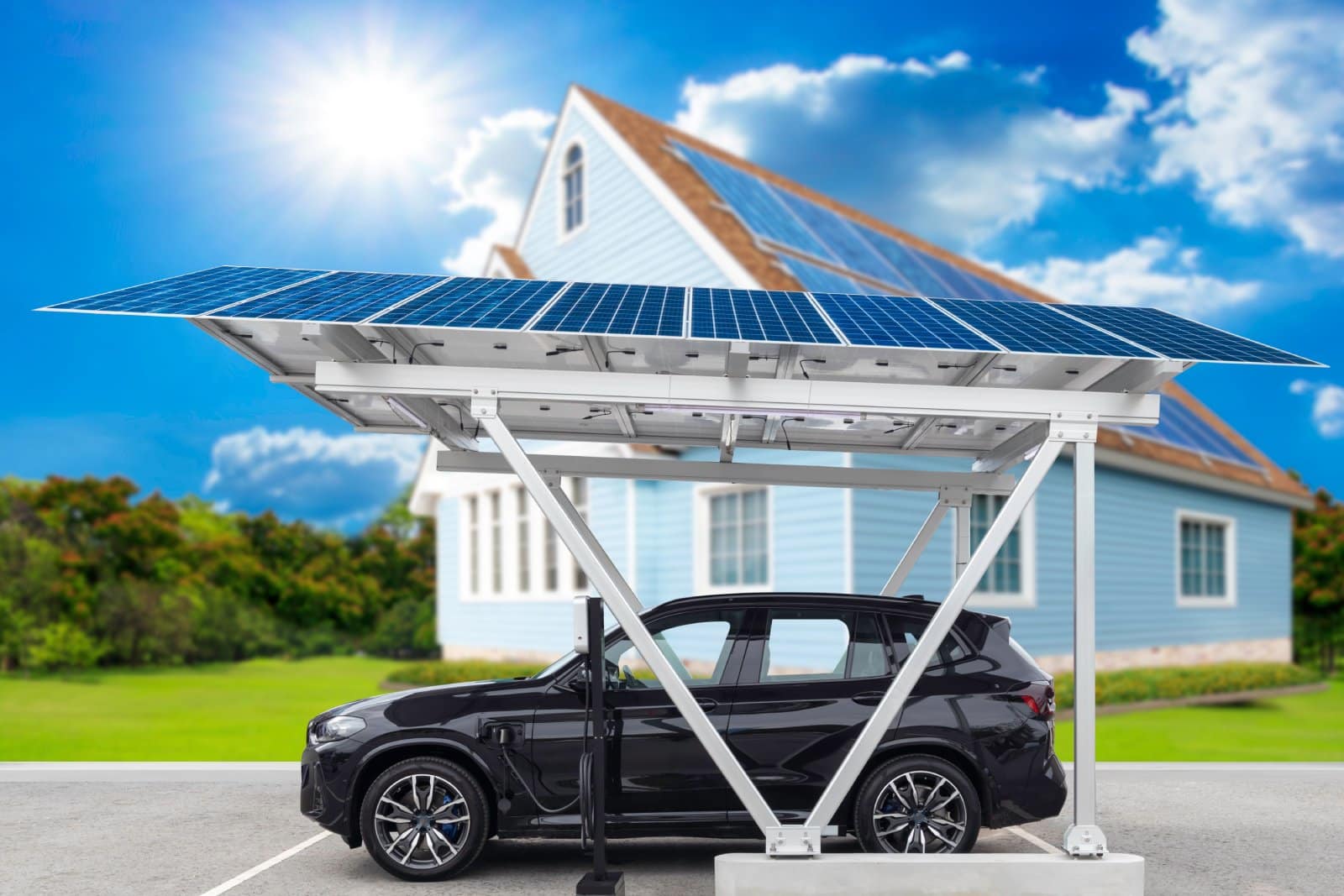
The Living Building Challenge is a rigorous certification for buildings that achieve net-zero energy, water, and waste. It is considered the pinnacle of sustainable building certifications.
16. Investigate the Rainforest Alliance Certification
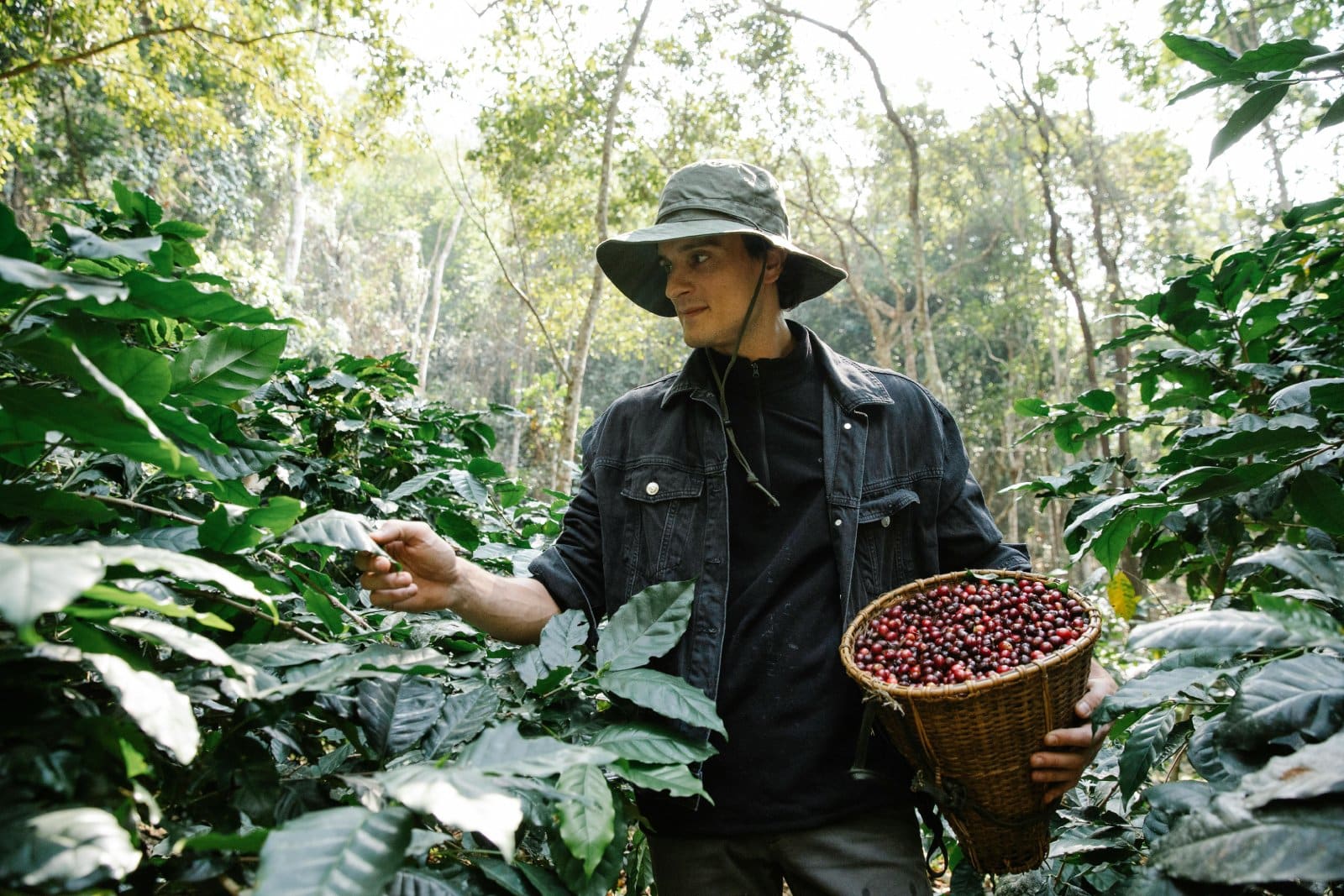
Rainforest Alliance certifies products and farms that meet rigorous environmental, social, and economic criteria. This certification is common in coffee, tea, and chocolate.
17. Recognize the BREEAM Certification

BREEAM (Building Research Establishment Environmental Assessment Method) is a global standard for assessing building sustainability. It’s less common in the U.S. but gaining recognition.
18. Look for the Safer Choice Label
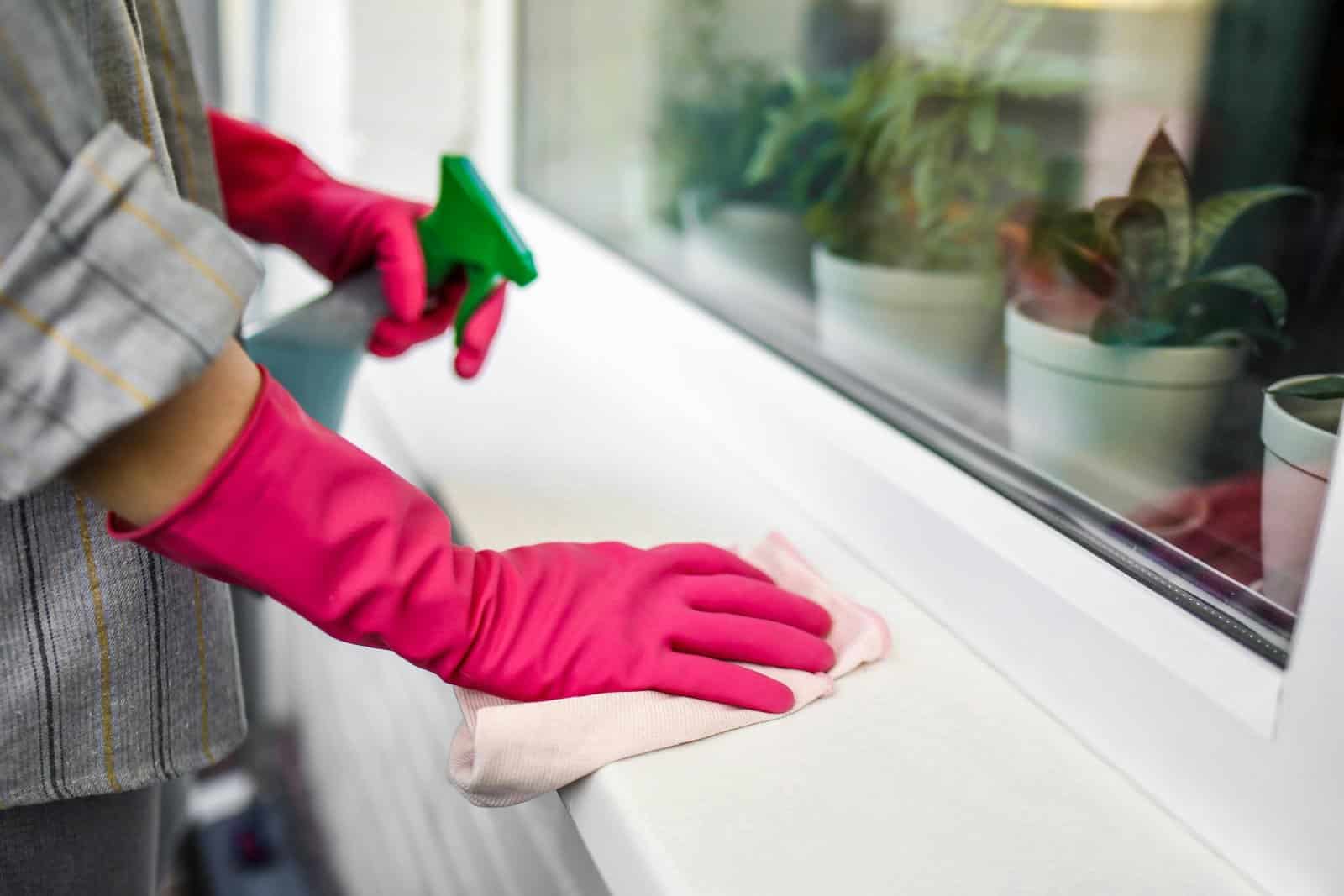
The EPA’s Safer Choice label identifies products with safer chemical ingredients, without sacrificing quality or performance.
19. Be Aware of the ANSI/BIFMA e3 Furniture Sustainability Standard

This standard applies to office furniture, ensuring it meets environmental performance criteria throughout its lifecycle.
20. Understand the NSF Sustainability Certified Product Program

NSF certifies a wide range of products, including water filters and personal care items, based on environmental and health criteria.
21. Familiarize with the Marine Stewardship Council (MSC) Certification
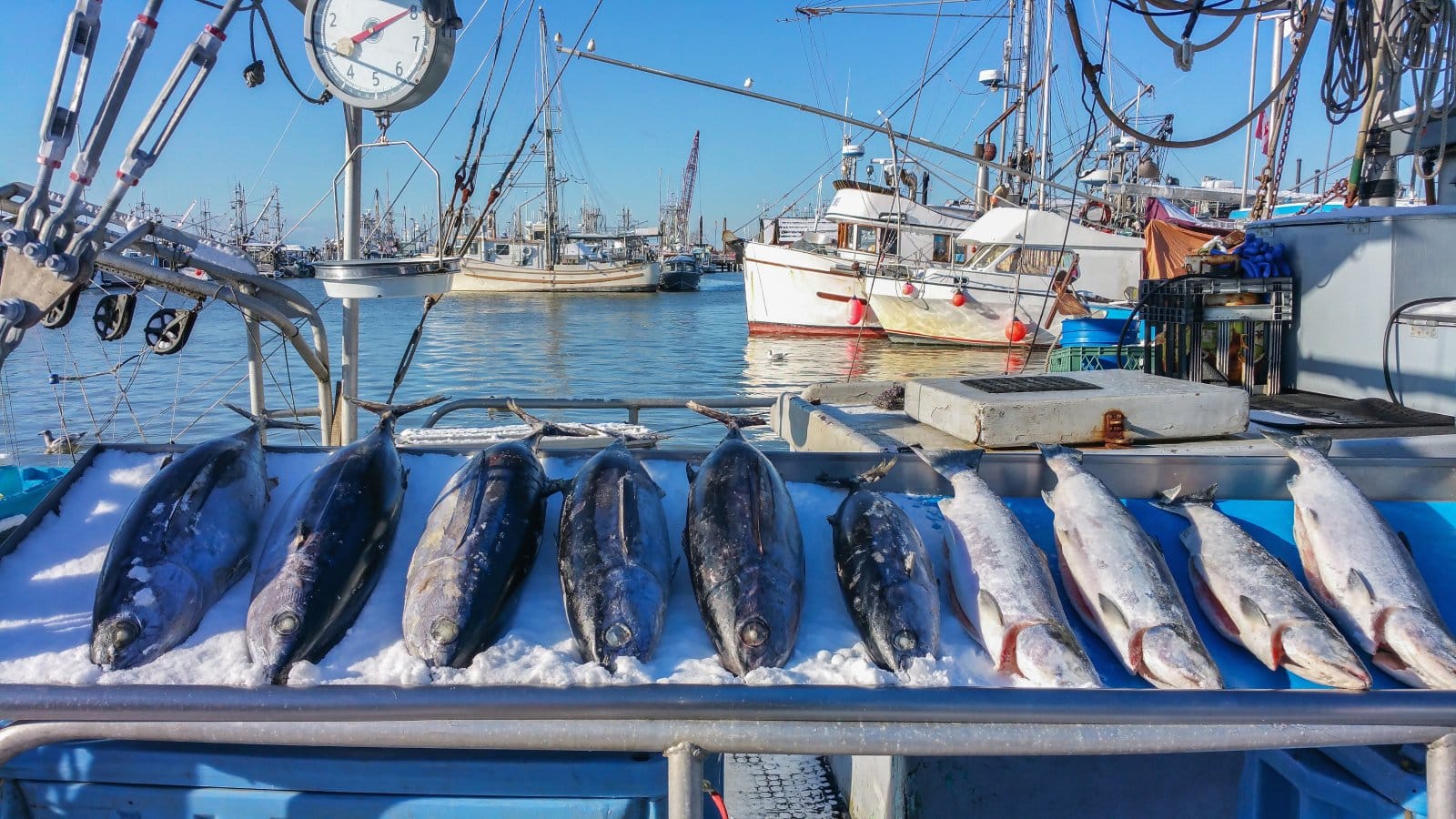
MSC certifies sustainable seafood, ensuring it is sourced from well-managed fisheries that maintain healthy fish populations.
22. Explore the Better Cotton Initiative (BCI)

BCI certifies cotton that is produced in a way that is better for the environment and farming communities. This label helps you choose sustainable textiles.
23. Recognize the Low Impact Hydropower Institute (LIHI) Certification
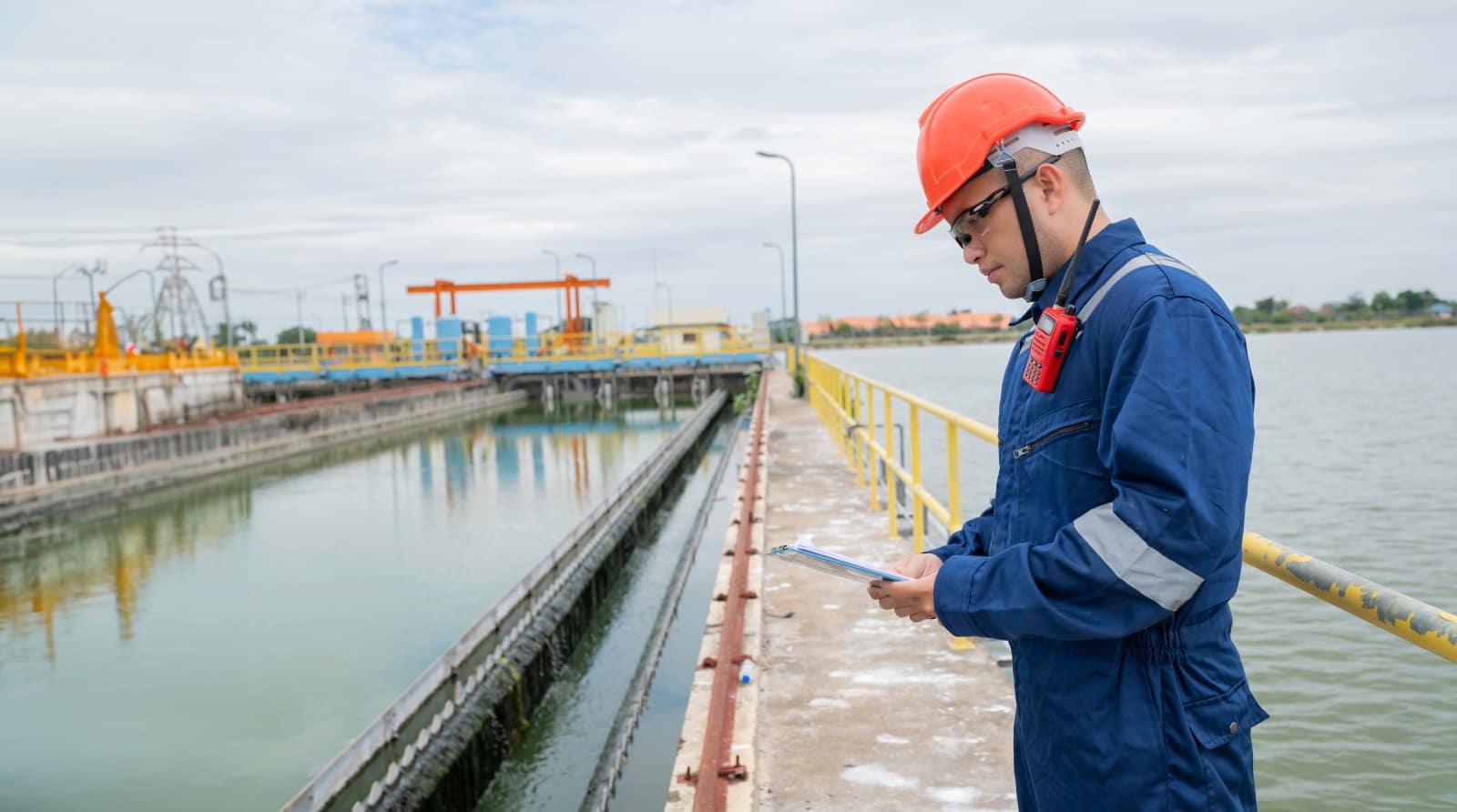
LIHI certifies hydropower projects that meet environmental performance standards, including river flow protection and water quality.
24. Look for the Certified Wildlife Friendly Label

This label certifies products that support the conservation of wildlife and their habitats. It’s important for goods produced in areas with rich biodiversity.
25. Understand the CarbonFree Certification
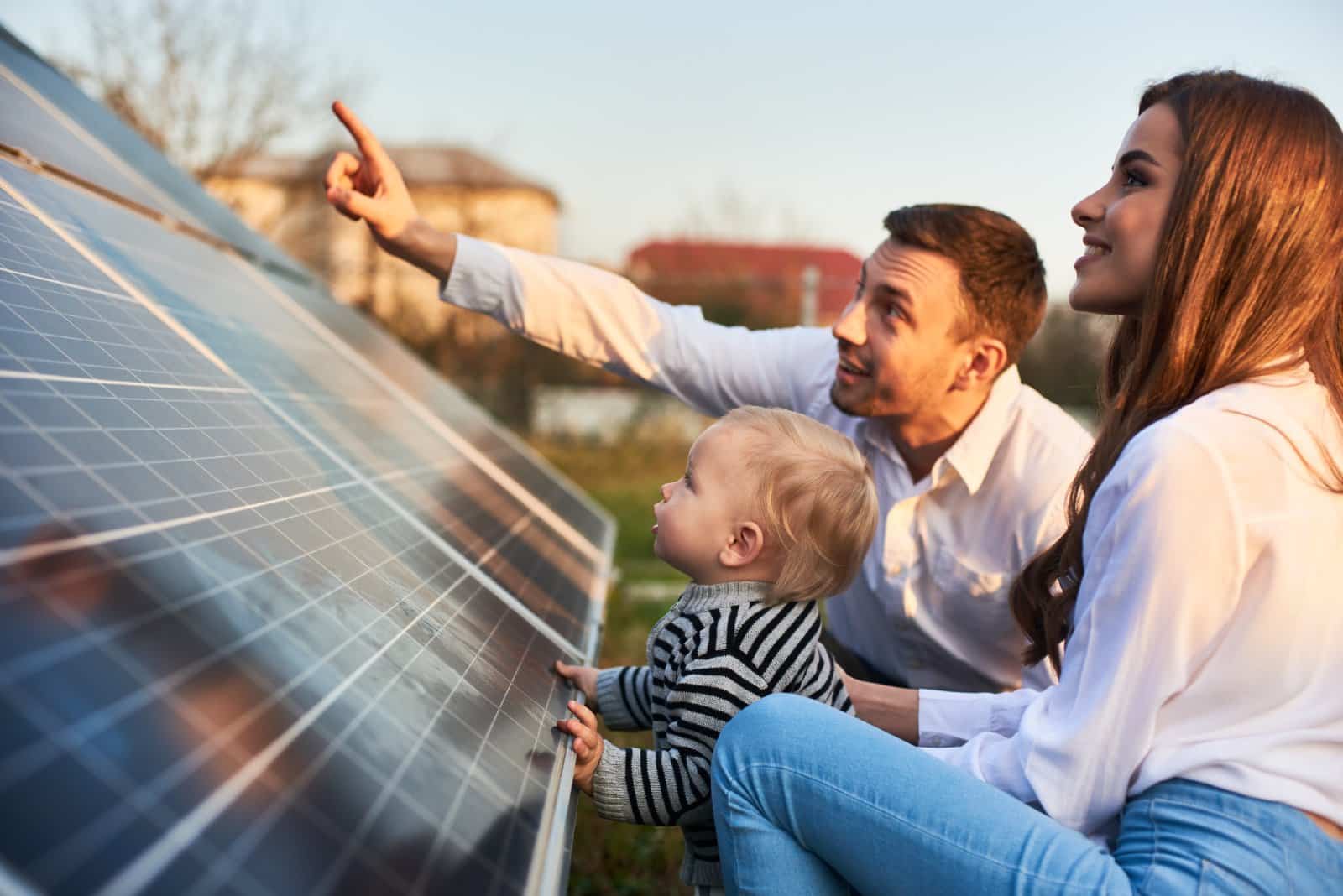
CarbonFree certifies products and businesses that offset their carbon footprint. This includes reducing emissions and investing in renewable energy projects.
Navigating the Green Certification Maze

Understanding these certifications can help you make more informed decisions and support sustainable practices. By choosing products and services with these certifications, you contribute to a healthier planet and a more sustainable future. So next time you shop, look for these labels and make a positive impact.
Remote No More: 19 Companies Returning to the Office
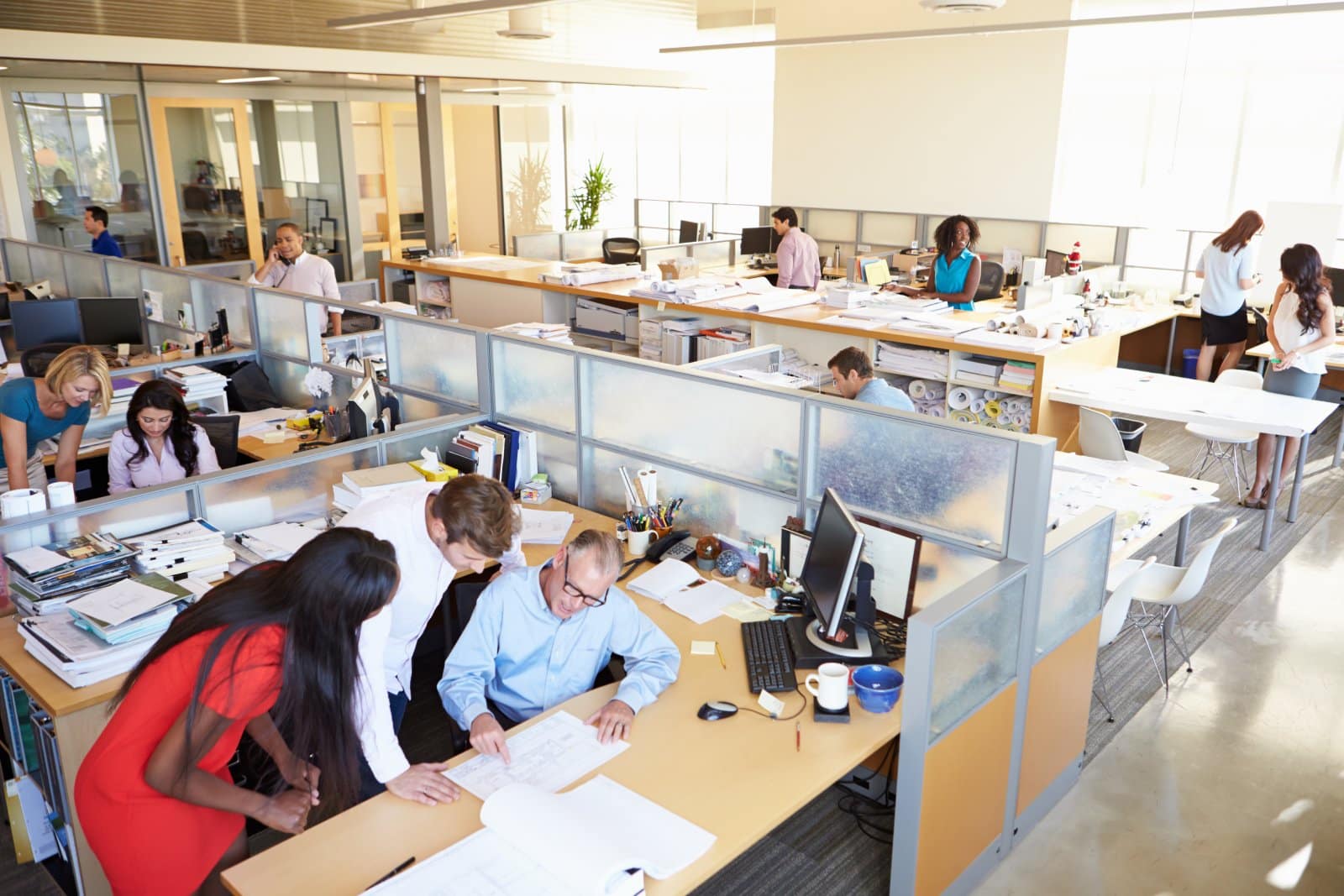
As the pandemic wanes, companies are recalling remote workers back to the office, sparking debates on fairness, costs, and convenience. However, there are also notable productivity, coworking, and mental health benefits to consider. Feeling the effects of these changes? Remote No More: 19 Companies Returning to the Office
8 Costco Must Buys and 8 to Leave Behind
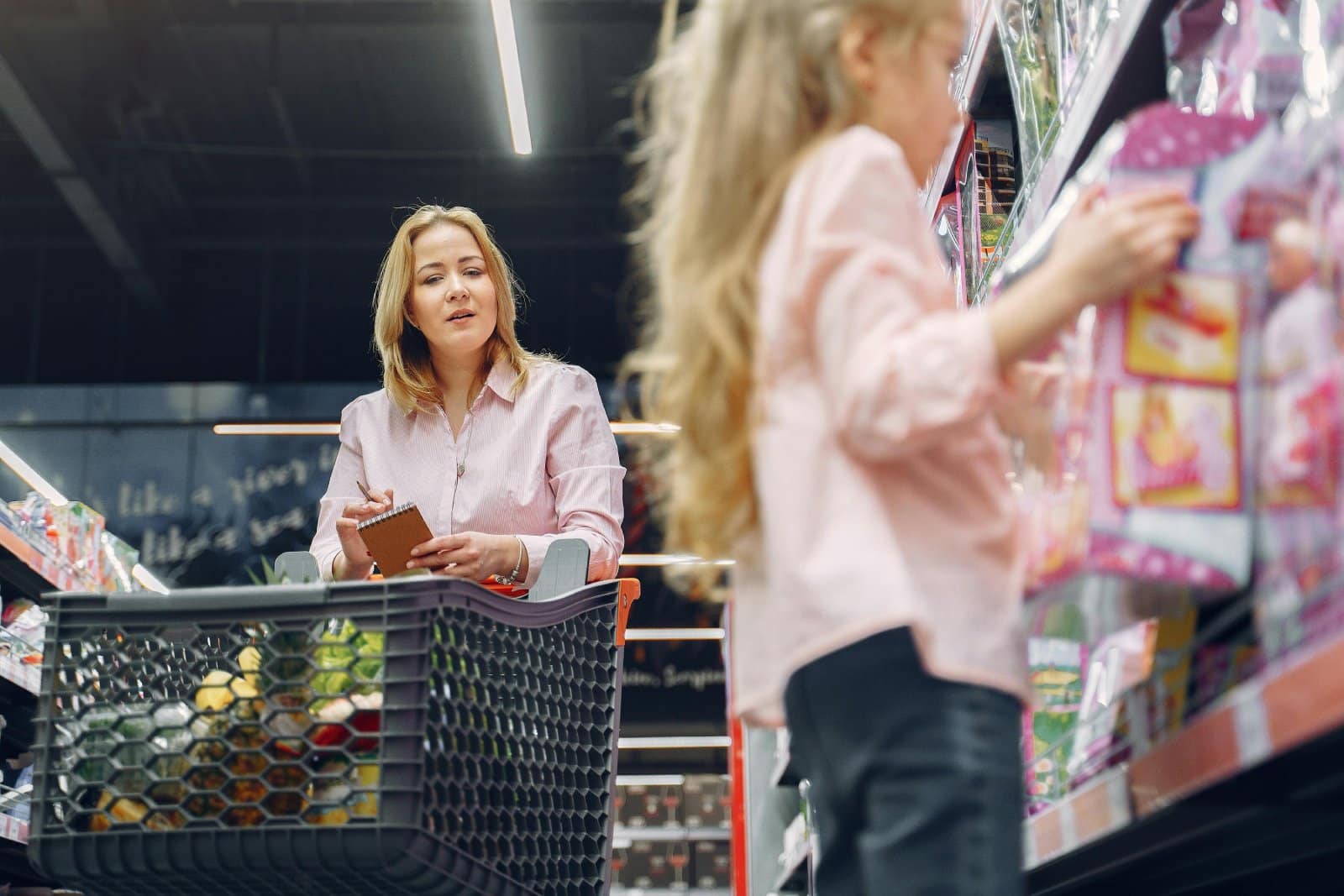
Ever wandered Costco’s aisles, questioning if that giant jar of pickles is a real bargain? Or debated buying tires where you get your rotisserie chicken? Welcome to the definitive guide to Costco shopping—a journey to save money, prevent regrets, and offer quirky insights into bulk buying. 8 Costco Must Buys and 8 to Leave Behind
23 Reasons Texas Is the Next Big Thing
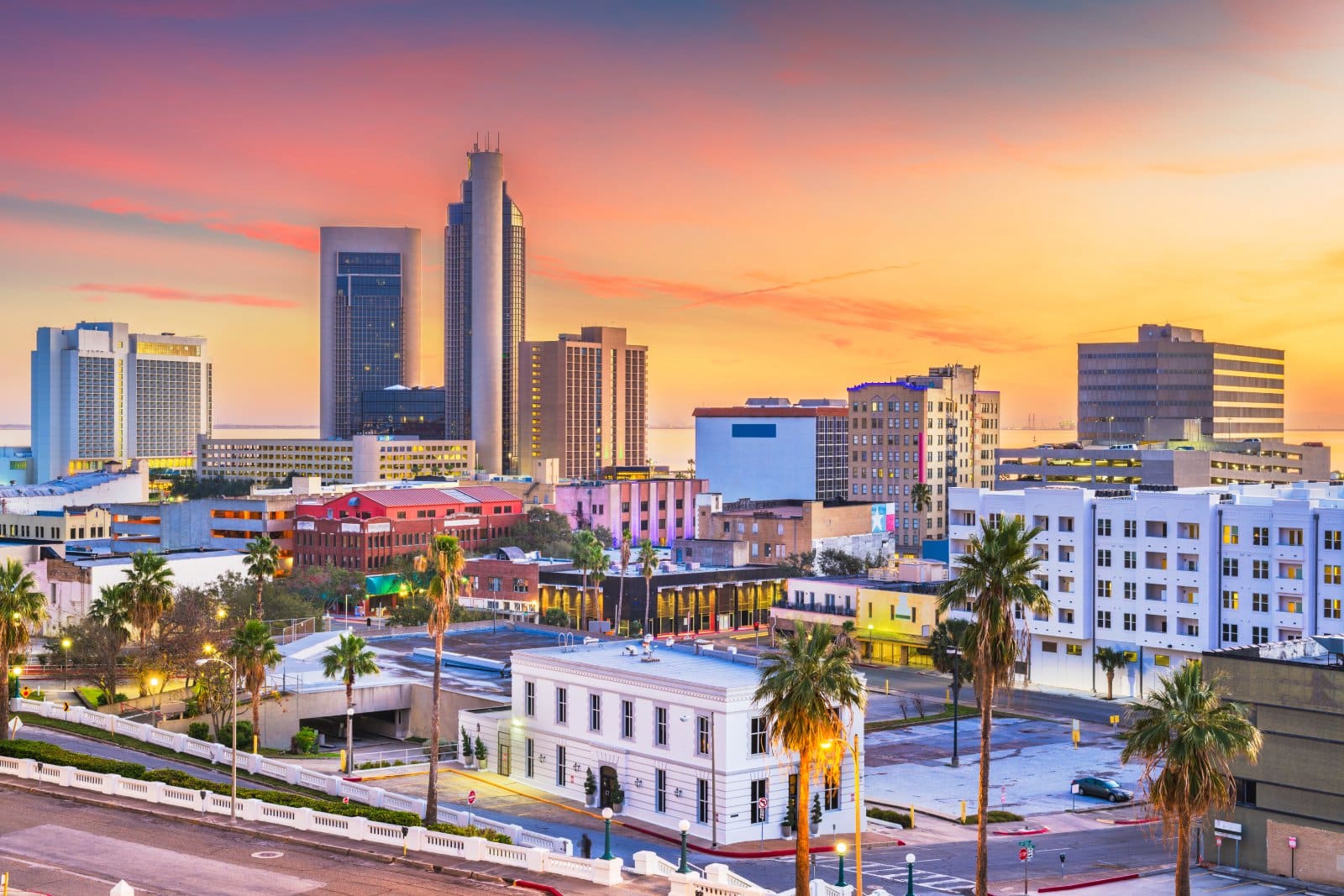
Texas is becoming a beacon of opportunity, blending cultural heritage with economic growth. From its landscapes to its industries, the Lone Star State offers a dynamic lifestyle. Here are 23 reasons why Texas stands out, attracting entrepreneurs, artists, tech professionals, and families seeking new beginnings. 23 Reasons Texas Is the Next Big Thing
The post 25 Insider Tips on Navigating the Complex World of Green Certifications first appeared on Career Step Up.
Featured Image Credit: Shutterstock / OATZ To Go FACTORY.
The content of this article is for informational purposes only and does not constitute or replace professional financial advice.
For transparency, this content was partly developed with AI assistance and carefully curated by an experienced editor to be informative and ensure accuracy.

